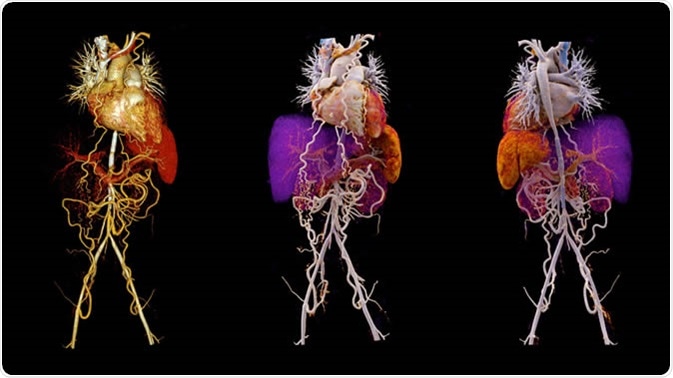https://pocketpcmedicine.com/top/topamax-and-weight/
Takayasu'sarteritis (TAK) is a rare condition characterized by a cascade of inflammatory processes. TAK involves vasculitis or inflammation of blood vessels such as the aorta and its major branches. Inflammation of these blood vessels leads to thickening of the walls of the vessels, which, in turn, causes stenosis and ultimately ischemia of the body parts which are nourished by these vessels.

TAK predominantly affects people in the age group of 15–40 years and they are more common in females than males. The condition is rarely observed in North American regions and is mostly seen in Japan, South East Asia and Central America.
What causes Takayasu's arteritis?
The exact etiology of Takayasu's arteritis is not known; however, autoimmunity has been shown to have a role in its development. The association of HLA alleles has also been seen in various research studies.
What are the signs and symptoms of Takayasu's arteritis?
Symptoms of TAK result from poor blood supply to the concerned body parts.
The initial acute phase is largely asymptomatic for most patients. Fever, anorexia, fatigue and weight loss are some of the commonly observed symptoms.
The second phase of TAK is characterized by stenosis and ischemia. Claudication, bruits, chest pain, heart attack and complete organ damage are some of the complications associated with this phase. In some cases, smaller vessels may grow around the damaged ones. These vessels, termed collateral vessels, may help in circulation and hence prevent organ damage.
How is Takayasu arteritis diagnosed?
Physical examination of the body is initially carried out. Assessing a person’s vascular function is the initial step in diagnosing Takayasu's arteritis.
TAK is characterized by certain typical symptoms such as the presence of bruits and low blood pressure. In the presence of such symptoms, the doctor may order an angiography. Angiography is an imaging technique used to assess any abnormalities of the blood vessels.
Laboratory tests to assess the levels of erythrocyte sedimentation rate (ESR) and C-reactive protein (CRP) levels may be helpful to detect inflammation. Anemia is commonly found in TAK patients, hence blood test to detect anemia may also be recommended.
How is Takayasu arteritis treated?
Treatment strategy for TAK focuses on halting disease progression. Drugs which can prevent further narrowing of the blood vessels are usually used, but it’s not possible to correct vessel damage which has already occurred.
Steroids such as glucocorticoids are commonly used; however, due to their adverse effects, long-term use of steroids is not recommended. Steroid-sparing, immune-suppressing agents can be used as an alternative to steroids. Low-dose aspirin may be prescribed in some cases to prevent the blood clots in the damaged blood vessels.
Surgery may be required in severe cases of TAK to widen blood vessels. Angioplasty is usually recommended. It is a surgical procedure which helps in widening blocked blood vessels. The procedure is usually followed by placement of a stent, a small tube-like structure, which helps to keep the artery open and decrease its chance of narrowing again.
Bypass grafting is another surgical option for TAK. It involves redirection of blood flow from the blocked blood vessel. Bypass grafting hence helps in improving blood flow to the heart.
With the diagnostic challenge it possesses, finding biomarkers for TAK is the need of the hour. The International Network for the Study of Systemic Vasculitides (INSSYS) is a network of experts in vasculitis. They have been working on the “Surrogate Markers Study”, which aims to find specific proteins or certain other molecules which may help in early detection of this inflammatory condition. Biomarker discovery may certainly pave the way to new treatment strategies for this devastating disease.
Sources
- www.rheumatology.org/…/Takayasus-Arteritis
- https://www.ncbi.nlm.nih.gov/pmc/articles/PMC6160975/
- https://www.ncbi.nlm.nih.gov/pmc/articles/PMC6101009/
- https://www.ncbi.nlm.nih.gov/pmc/articles/PMC5047239/
Further Reading
- All Takayasu Arteritis Content
- How is Takayasu’s Arteritis Diagnosed?
Last Updated: Apr 8, 2019
Source: Read Full Article
